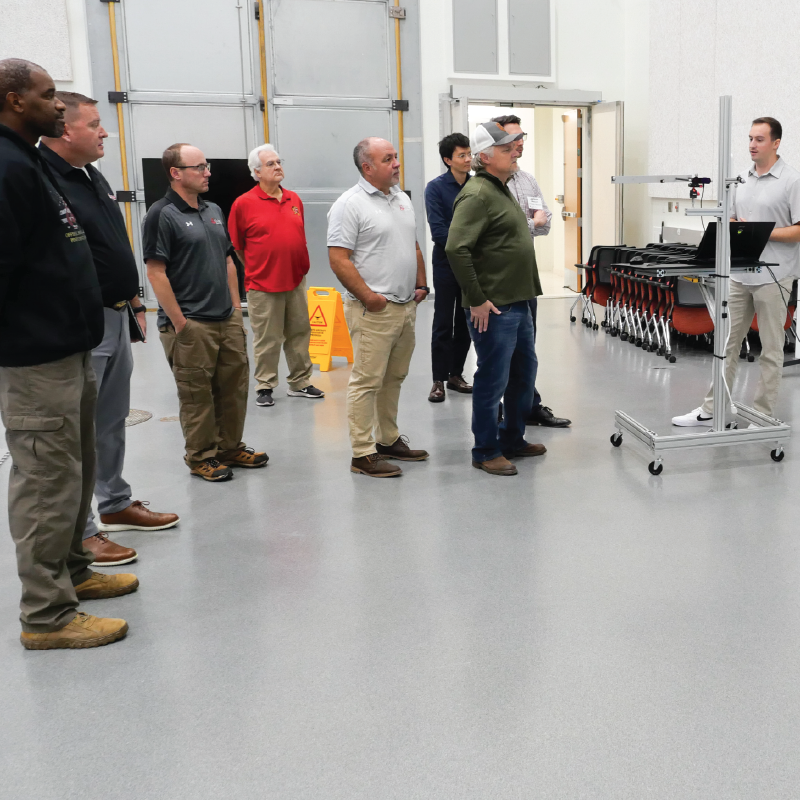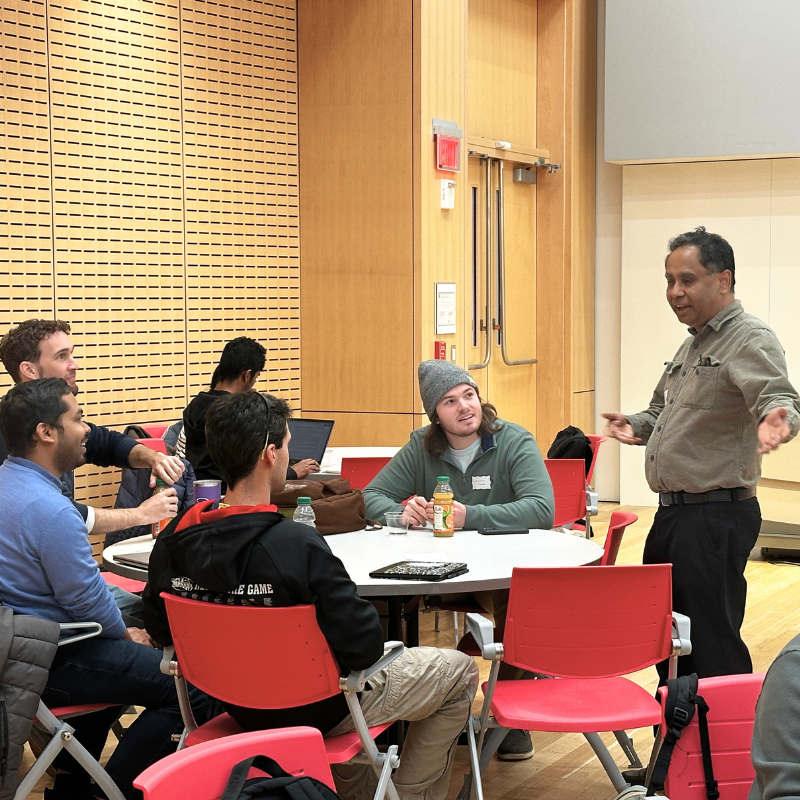News Story
Cukier's study: hackers attack computers every 39 seconds

The study profiled the behavior of “brute force” hackers, who use simple software-aided techniques to randomly attack large numbers of computers. The researchers discovered which usernames and passwords are tried most often, and what hackers do when they gain access to a computer.
On TV and in film, these kinds of hackers have been portrayed as people with grudges who target specific institutions and manually try to break into their computers. But in reality, Cukier says, “most of these attacks employ automated scripts that indiscriminately seek out thousands of computers at a time, looking for vulnerabilities.”
“Our data provide quantifiable evidence that attacks are happening all the time to computers with Internet connections,” Cukier notes. “The computers in our study were attacked, on average, 2,244 times a day.”
Cukier and two of his graduate students, Daniel Ramsbrock and Robin Berthier, set up weak security on four Linux computers with Internet access, then recorded what happened as the individual machines were attacked. They discovered the vast majority of attacks came from relatively unsophisticated hackers using “dictionary scripts,” a type of software that runs through lists of common usernames and passwords attempting to break into a computer.
“Root” was the top username guess by dictionary scripts—attempted 12 times as often as the second-place “admin.” Successful ‘root’ access would open the entire computer to the hacker, while ‘admin’ would grant access to somewhat lesser administrative privileges. Other top usernames in the hackers’ scripts were “test,” “guest,” “info,” “adm,” “mysql,” “user,” “administrator” and “oracle.” All should be avoided as usernames, Cukier advises.
The researchers found the most common password-guessing ploy was to reenter or try variations of the username. Some 43 percent of all password-guessing attempts simply reentered the username. The username followed by “123” was the second most-tried choice. Other common passwords attempted included “123456,” “password,” “1234,” “12345,” “passwd,” “123,” “test,” and “1.” These findings support the warnings of security experts that a password should never be identical or even related to its associated username, Cukier says.
Once hackers gain access to a computer, they swiftly act to determine whether it could be of use to them. During the study, the hackers’ most common sequence of actions was to check the accessed computer’s software configuration, change the password, check the hardware and/or software configuration again, download a file, install the downloaded program, and then run it.
What are the hackers trying to accomplish? “The scripts return a list of ‘most likely prospect’ computers to the hacker, who then attempts to access and compromise as many as possible,” Cukier says. “Often they set up ‘back doors’—undetected entrances into the computer that they control—so they can create ‘botnets,’ for profit or disreputable purposes.” A botnet is a collection of compromised computers that are controlled by autonomous software robots answering to a hacker who manipulates the computers remotely. Botnets can act to perpetrate fraud or identity theft, disrupt other networks, and damage computer files, among other things.
This study provides solid statistical evidence that supports widely held beliefs about username/password vulnerability and post-compromise attacking behavior. Computer users should avoid all of the usernames and passwords identified in the research and choose longer, more difficult and less obvious passwords with combinations of upper and lowercase letters and numbers that are not open to brute-force dictionary attacks.
-----
This press release was written by ISR's Rebecca Copeland and distributed by the A. James Clark School of Engineering.
The story has been picked up by the following news media:
All Headline News
vnunet.com
Central Valley Business Times (California)
Computing (UK)
TG Daily
What PC? (UK)
Computerworld (and its sister publications) In addition, an article appeared in the print version of Computerworld
Insurance Journal
Help Net Security (Croatia)
SC Magazine (Australian magazine for IT security professionals)
iT News (Australia)
CCN Magazine
Internet Security.ca
livescience.com
British Computer Society
LinuxElectrons.com
hollywoodindustry.com
Email Battles.com
linux-sys-con.com (and its sister publications)
reliableplant.com (industrial plant maintenance)
Maryland Daily Record (registration required)
The Chronicle of Higher Education (subscription and registration required)
PC World
eMarketer
Techworld.com
Kansas City infoZine
Dominican Today (Dominican Republic news)
PC Advisor
MSNBC
TMCnet.com (first screen must be clicked away to get to story)
United Press International (and newspapers around the world that pick up its coverage)
EarthTimes.org
playfuls.com (Romania)
Monsters-and-critics.com
Nevada Appeal (and sister publications North Lake Tahoe Bonanza, Tahoe Daily Tribune)
E-Commerce Times (and sister publications LinuxInsider and TechNewsWorld)
Toronto Daily News
PhysOrg.com
Technology News Daily
DVDCreation.com
Yahoo News
The Post Chronicle
Two articles at darkreading.com (TechWeb Business Technology Network) | Frequency of hacking story | Passwords story |
Science Magazine (an article also appeared in the print version of Science)
Business Project Management
News Factor Network
Customer Relationship Management News
Information Week firewall story
Forbes firewall story
Le Devoir (in French)
Radio coverage:
Future Tense (American Public Media, syndicated to public radio stations)
Television coverage:
11 WINK Ft. Myers, Fla. (Feb. 7, 2007)
Coverage also appeared on the following blogs:
Infosecnews.org
Forum of Incident Response and Security Teams
dozleng.com (Internet security)
Silicon Valley Wire
Coverage by other universities
SUNY Albany's Office of the CIO "Crimeware Blotter"
Published February 6, 2007









